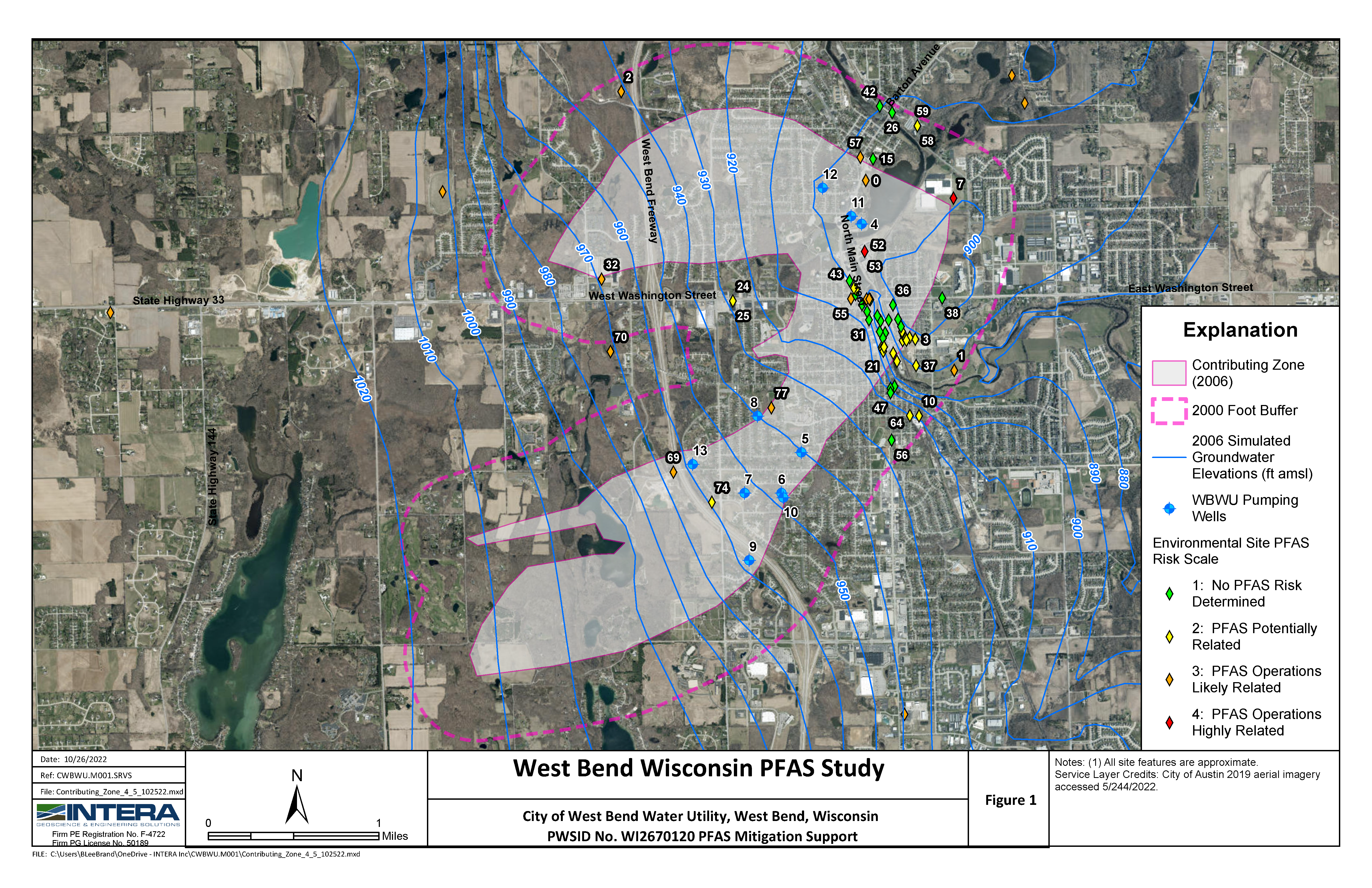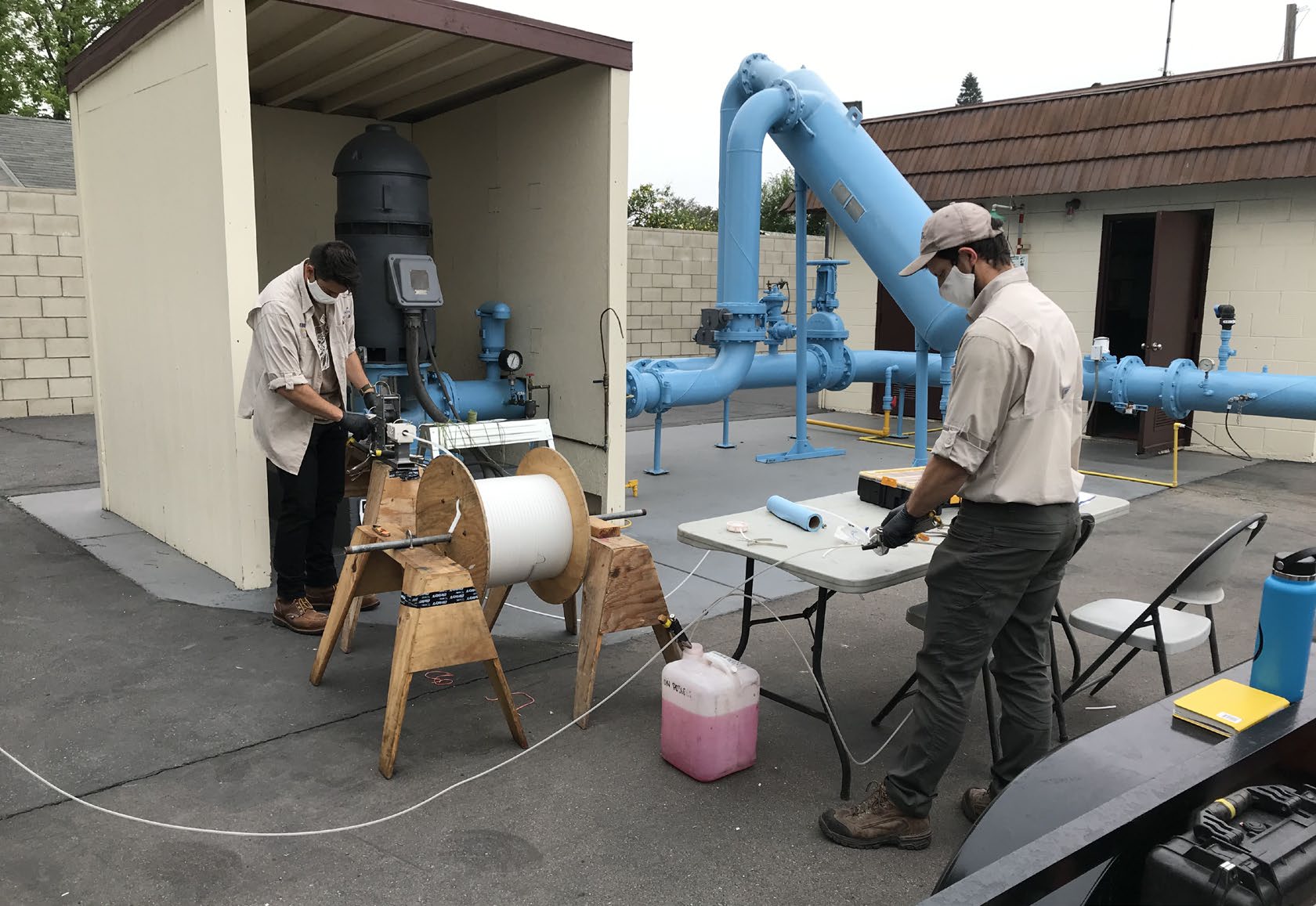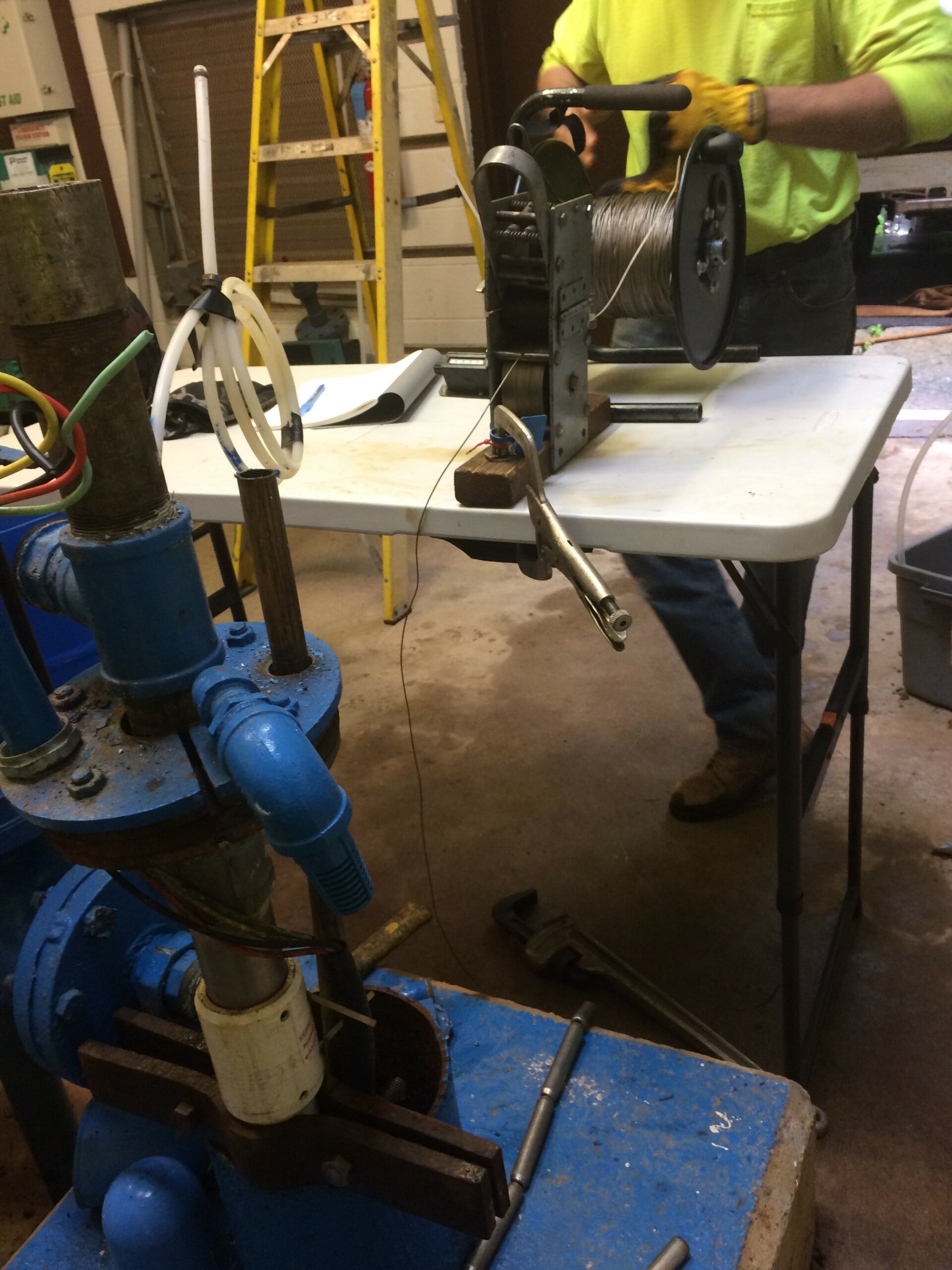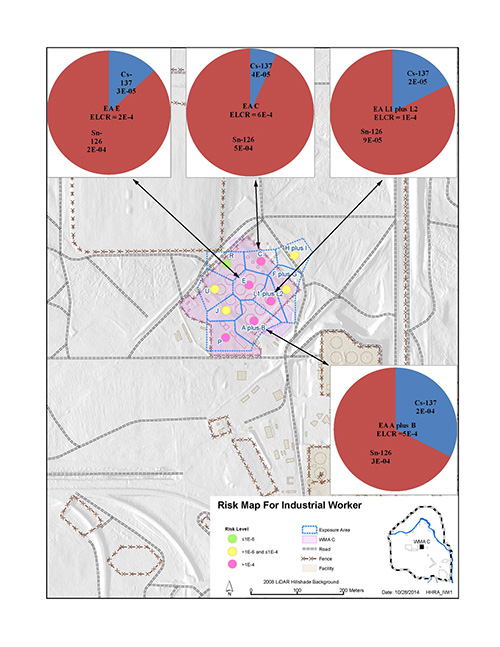
Challenge. Assess potential human health and ecological impacts from exposure to radiological and nonradiological contamination in the vadose zone underlying Waste Management Area C (WMA C)
Solution. WMA C contains one of the first tank farms built in the 200 East Area of the Hanford Site. These tank farms are a series of massive underground storage tanks ranging in capacity from 55,000 gallons to more than 1,000,000 gallons that were built to hold chemical and radioactive wastes generated from the plutonium production process. As part of the environmental restoration activities at WMA C, INTERA performed a human health risk assessment to support a Phase 2 RCRA Facility Investigation (RFI). We evaluated several exposure scenarios (industrial worker, construction worker, maintenance/surveillance worker, trespasser, hypothetical onsite residential receptors, and two Native American residential receptors) to satisfy CERCLA guidance and State of Washington Model Toxics Control Act (MTCA) requirements. The industrial worker was identified as the reasonable maximum exposure (RME) individual for WMA C. The risk assessment methodologies included in U.S. Environmental Protection Agency risk Assessment guidance for Superfund and Washington Administrative Code (WAC) 173-340, “Model Toxics Control Act – Cleanup” were used during the risk assessment for nonradiological contaminants. The RESidual RADioactivity (RESRAD) software code was used to assess human health risk from radiological contaminants. The results of the risk assessments for all RMEs were compared to both CERCLA and WAC acceptable risk criteria to identify areas of unacceptable risks and the contaminants that are contributing unacceptable risk within WMA C. INTERA also performed a screening level ecological risk assessment (SLERA) to determine the potential for adverse ecological impacts from exposure to contaminants in WMA C. We conducted the assessment in accordance with the framework developed using the tiered process, which defines soil screening levels (SSLs) for contaminants of potential ecological concern (COPECs) based on literature values and two types of toxicity reference values—No-Observed-Adverse-Effect-Level (NOAEL) and Lowest-Observed-Adverse-Effect-Level (LOAEL), outlined in Tier 1 Risk Based Soil Concentrations Protective of Ecological Receptors at the Hanford Site. INTERA completed a two-tiered (generic screening and Tier 1 screening) assessment for both radiological and nonradiological COPECs. During generic screening, the maximum detected concentration of each COPEC was compared against the corresponding literature-derived generic SSL. For the Tier 1 screening, we compared the maximum detected concentration of each COPEC to the corresponding SSLs based on NOAEL and LOAEL. COPECs that resulted in an unacceptable risk were evaluated based on scientific management decision points. The results of the SLERA showed that no COPECs required additional evaluation.
